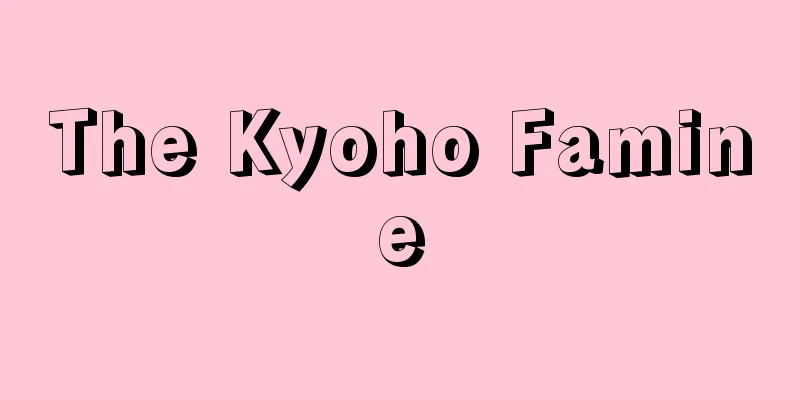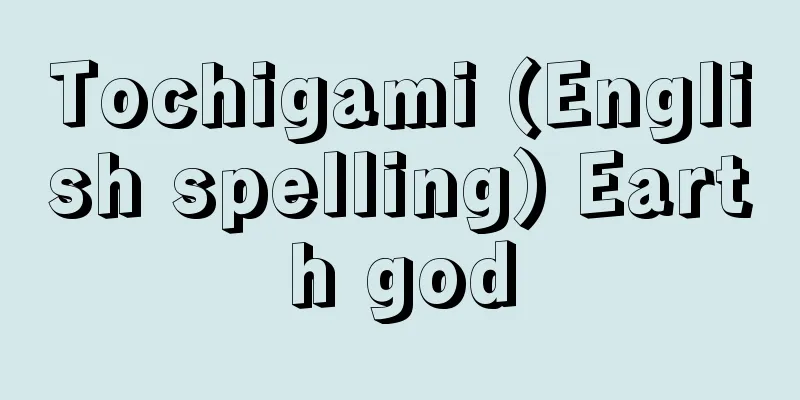Evgeniy Ivanovich Zamyatin

|
Russian novelist. While studying at the Shipbuilding Department of the St. Petersburg Polytechnic University, he joined the revolutionary movement as a Social Democrat and was temporarily exiled. He began publishing his works in magazines in 1908, and in his novellas A Provincial Tale (1912) and At the Ends of the Earth (1914), he depicted life in the provinces in a grotesque style. In 1915, he was sent to England to build an icebreaker, but upon learning of the outbreak of the revolution, he returned to Russia in the autumn of 1917, and it was from this time that he began to show his true talent. His novellas The Islanders and Manhunt (both 1918), which sharply exposed the hypocrisy of British gentlemen, clearly defined a rhythmic, symphonic, and grotesque style of "narration" (so-called ornamentalism) that was in the tradition of Gogol and Leskov and influenced by Bely and Remizov. In works such as "The Dragon" (1918), "Mamai" and "The Cave" (both 1920), and "The Flood" (1929), he portrayed the daily life of urban citizens just after the revolution more realistically through fantasy. As the leader of the "Serapion Brothers," a group of writers who rejected political propaganda and aimed for artistic autonomy, he also played a role in encouraging and nurturing young writers. His anti-utopian novel "We" (written in 1920, translated into English in 1924) predicted the totalitarian society that rationalism would lead to. As the Stalinist regime became stronger, it became increasingly difficult for him to work, and in 1929, a Russian translation of "We" was published in Prague, which exposed him to severe criticism and led him to go into exile in Paris in 1932. He also wrote excellent plays and critical essays. [Takeshi Kodaira] "We" translated by Toyoki Ogasawara (included in "World Literature 4: Zamyatin/Bulgakov", 1977, Shueisha) "The Cave" translated by Kaori Kawabata (included in "Modern Russian Fantasy Novels", 1971, Hakusuisha) "The People of the Island" translated by Tadao Mizuno (included in "Modern Soviet Literature by 18 Authors 1", 1967, Shinchosha) [References] |Source: Shogakukan Encyclopedia Nipponica About Encyclopedia Nipponica Information | Legend |
|
ロシアの小説家。ペテルブルグ理工科学校造船学科に在学中から社会民主党員として革命運動に加わり、一時流刑に処せられた。1908年から雑誌に作品を発表しはじめ、中編『ある地方の物語』(1912)、『地の果てで』(1914)では、地方の生活をグロテスクな話体で描いた。15年に砕氷艦建造のためイギリスに派遣されるが、革命勃発(ぼっぱつ)を知り17年秋に帰国、そのころから本領を発揮しだす。イギリス紳士の偽善を痛烈に暴いた中編『島の人々』『人間狩り』(ともに1918)は、ゴーゴリ、レスコーフの伝統を受け継ぎ、ベールイ、レーミゾフの影響を受けた、律動的・交響的でグロテスクな「語り」の文体(いわゆるオーナメンタリズム)を明確にした。『竜(りゅう)』(1918)、『ママイ』『洞窟(どうくつ)』(ともに1920)、『洪水』(1929)などの作品は、ファンタジーを通じて、それによりかえってよりリアルに革命直後の都市市民の日常生活を描き出している。政治宣伝を排し、芸術の自律を目ざした作家グループ「セラピオン兄弟」の領袖(りょうしゅう)として、若い作家を鼓舞、育成する役割も果たした。アンチ・ユートピア小説『われら』(1920執筆、1924英訳)は合理主義の行き着く果ての全体主義社会を予測した。スターリニズム体制の強まりゆくなかでしだいに仕事がしにくくなり、ことに29年『われら』のチェコ語訳からのロシア語訳がプラハで出版されたため、激しい非難にさらされ32年パリに亡命した。なお戯曲や評論にも優れた作品がある。 [小平 武] 『小笠原豊樹訳「われら」(『世界の文学4 ザミャーチン/ブルガーコフ』所収・1977・集英社)』▽『川端香男里訳「洞窟」(『現代ロシア幻想小説』所収・1971・白水社)』▽『水野忠夫訳「島の人々」(『現代ソヴェト文学18人集1』所収・1967・新潮社)』 [参照項目] |出典 小学館 日本大百科全書(ニッポニカ)日本大百科全書(ニッポニカ)について 情報 | 凡例 |
Recommend
Chicago Tribune
An American daily newspaper. It was first publishe...
Lagerstroemia subcostata (English spelling)
…[Yoshishige Tachibana]. … *Some of the terminolo...
Jan Blahoslav
1523‐71 He was the bishop of the Czech Brethren an...
RPGN
rapidly progressive glomerulonephritis Source : In...
Gazette (English spelling)
1. Official Gazette. 2 newspapers. [Additional inf...
Fish Market - Uoichi
〘 noun 〙 A market where fish, salt mixtures, etc. ...
Linaria vulgaris (English spelling)
… [Kei Yamazaki]. … *Some of the terminology that...
Tanguy, le père (English spelling) Tanguylepere
…Collection [Ichiro Hariu]. . . *Some of the term...
Sagi water - Rosui
1658-1733 (Manji 1-Kyoho 18) A haiku poet and ukiy...
Acetylene Black
Abbreviation: AB. A type of carbon black. It is p...
Yoshisho Sou - Kissho Sou
…However, the content of the ceremony was merely ...
breakbone fever
...The virus is a flavivirus 15-33 nm long, and a...
Emperor Juntoku
Year of death: Ninji 3.9.12 (1242.10.7) Year of bi...
Counseling - kaunseringu (English spelling) counseling
It is a general term for interpersonal activities...
History
…The origin of the word shows that history is not...









